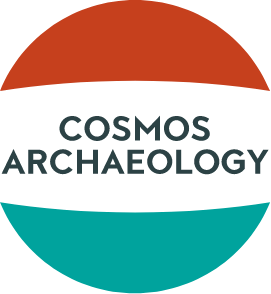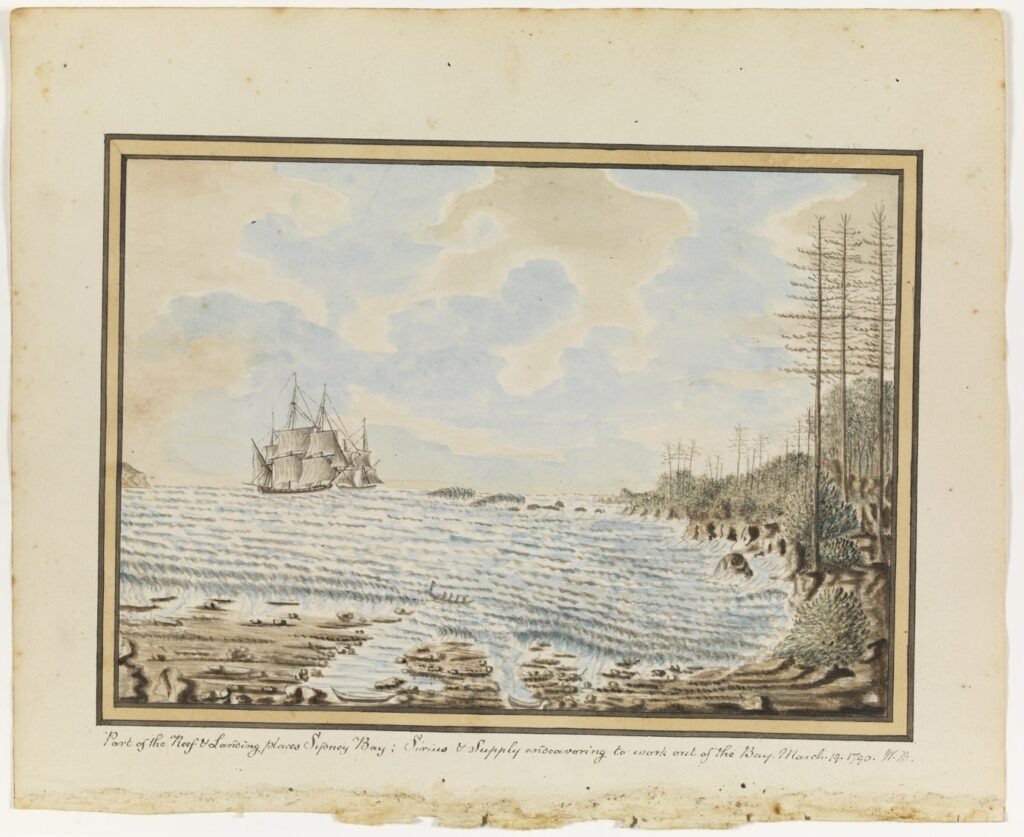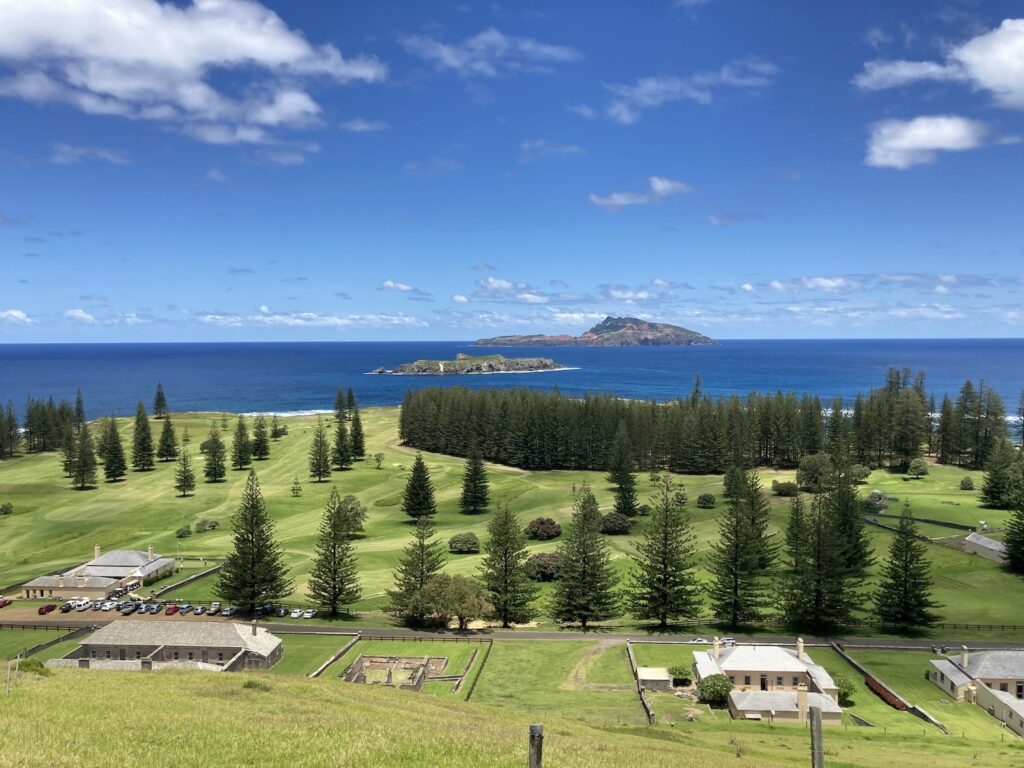Protecting HMS Sirius: A Heritage Management Plan for one of Australia’s most important wrecks.
By Tara Chilcott
September 28, 2021
When HMS Sirius was wrecked on 19th March 1790 on a reef off Norfolk Island, it was a devastating loss for the fledgling British settlement at Sydney Cove. Sirius was undertaking a desperate and crucially important mission when the disaster struck. Due to dire food shortages in Sydney, 275 convict men, women and children were being transported to Norfolk Island onboard Sirius, with plans to then send the vessel on to Canton in China to obtain much-needed supplies.
However, the second part of the journey would never occur. After offloading its human cargo, Sirius struck the reef off Slaughter Bay and was wrecked, much to the dismay of the desperate onlookers, who would have regarded the ship as one of the British colony’s last lifelines to the outside world. Over the next two years, Sirius would be stripped of her hardware, sails, timber and anything else that could aid the fight for survival on Norfolk Island.
It was a tragic end for a ship which played a vital role in the establishment of the colony. Sirius was the flagship of the First Fleet, leading the 11 vessels that first departed England in 1787. The Sirius wreck siterepresents a tangible link to the most significant vessel associated with early migration of Europeans to Australia and therefore has high archaeological significance. It was declared a protected Historic Shipwreck in 1984 under the Historic Shipwrecks Act 1976 (now the Underwater Cultural Heritage Act 2018) (UCH), and included on the National and Commonwealth Heritage Lists in 2011.
In 2020, the Australian Government commissioned Cosmos Archaeology to undertake a site inspection to assess the condition of the wreck’s heritage values. This was to inform the preparation of a draft Heritage Management Plan (HMP) to help protect and conserve the Sirius wreck site and its associated artefacts for future generations. This was a significant inspection as it would produce an updated site plan of the wreck site, which was last recorded systematically in the early 1990s.
As they approached the wreck, the divers were pleasantly surprised to discover that very little had changed over the last few decades. Despite the site being located in a rough and turbulent surf zone, most of the artefacts were still in place. The site consists of several ballast mounds scattered across the ocean floor. Sirius was carrying cast iron Kentledge ballast, also known as ballast pigs, which came in a range of weights and sizes, and were laid down in the lowest sections of the hull to aid stability. Two anchors which were first found during inspections in the 1980s were once again located, but it was the discovery of a third anchor resting on top of a ballast pig that took the divers by surprise. All of the anchors belonging to Sirius are old-plan, long shanked anchors which had very straight arms and large flukes that were prone to breaking. A range of other assorted artefacts are strewn across the site including a pump chamber, anchor flukes, copper tacks, metal sheathing, musket balls and weathered ceramics.
While the Sirius wreck assemblage remained relatively unchanged, the divers observed worrying environmental impacts affecting the site. Of particular concern was the huge population of sea urchins situated on and around the wreck. These marine creatures excavate into rock and iron alike, leaving behind hemispherical depressions or cupules. While much of the previous archaeological conservation work on Sirius has been focused on protecting ferrous artefacts from corrosion, little is known about how sea urchins can affect the physical integrity of the site as well as the rate of corrosion on the in situ ferrous artefacts. For this reason, more research is urgently needed on the cumulative impact of sea urchins and whether changing weather patterns and the ocean environment may have some influence.
Following the dive inspection, Cosmos Archaeology was commissioned to prepare a draft Heritage Management Plan. This included a fresh analysis of Sirius artefact collections, monuments and plaques in Australia and the United Kingdom. Under the direction of Senior Maritime Archaeologist Jane Mitchell, the team compiled a range of recommendations, calling for continual monitoring and evaluation of any changes at the site, particularly those stemming from environmental pressures.
The Sirius wreck site and associated artefacts constitute an important ‘time capsule’ of cultural life from the period leading up to 1790, and therefore holds considerable value not only for the Norfolk Island community, but Australia as a whole.




